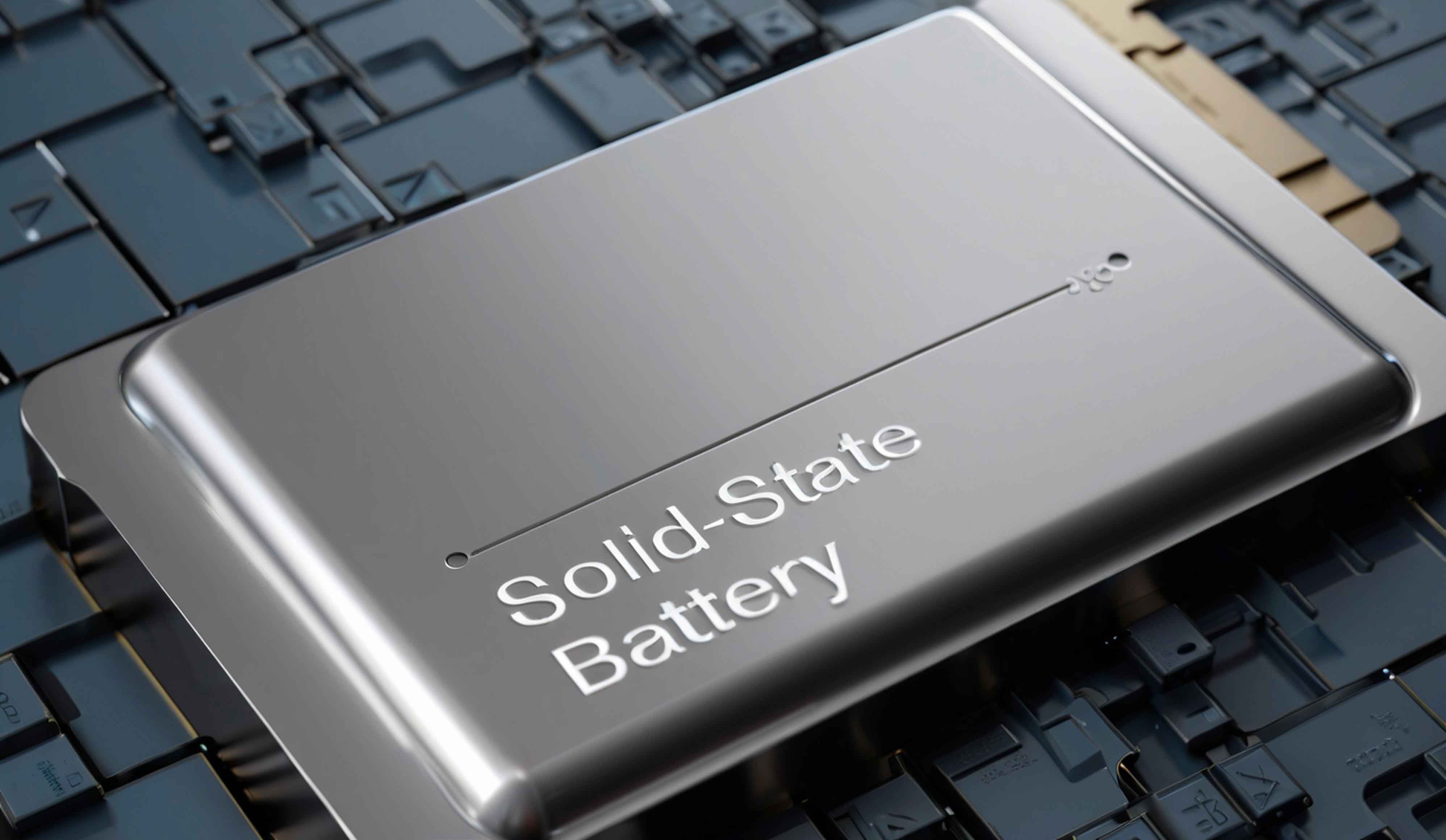Solid-state batteries (SSBs) represent the next frontier in energy storage technology, offering superior energy density, enhanced safety, and longer cycle life compared to conventional lithium-ion batteries. Among the critical materials enabling SSBs, lithium sulfide (Li₂S) has emerged as a cornerstone for sulfide-based solid electrolytes and advanced lithium-sulfur (Li-S) cathodes. This article comprehensively reviews recent progress in Li₂S synthesis, evaluates challenges in industrial-scale production, and outlines future directions to accelerate the commercialization of solid-state batteries.

1. Lithium Sulfide: Properties and Significance
Li₂S is a white-to-yellow crystalline compound with a high melting point (938°C) and an antifluorite structure. Its extreme sensitivity to moisture and oxygen necessitates inert handling conditions, as hydrolysis produces toxic hydrogen sulfide (H₂S):Li2S+2H2O→2LiOH+H2S↑Li2S+2H2O→2LiOH+H2S↑
Despite these challenges, Li₂S is indispensable for sulfide solid electrolytes (e.g., Li₃PS₄, Li₁₀GeP₂S₁₂) and Li-S batteries due to its high theoretical capacity (1,166 mAh/g) and compatibility with lithium metal anodes.
2. Laboratory Synthesis Methods
2.1 Ball Milling
Ball milling involves mechanical mixing of lithium sources (Li, LiOH) and sulfur under inert conditions. While simple, this method suffers from low purity (<95%) and high costs due to metallic lithium usage.
2.2 Solvent-Based Synthesis
Liquid-phase reactions using organic solvents (e.g., tetrahydrofuran, N-methylpyrrolidone) enable high-purity Li₂S. For example, Fang et al. proposed a green metathesis route:Na2S+2LiCl→Li2S+2NaClNa2S+2LiCl→Li2S+2NaCl
This method avoids toxic gases and achieves >95% purity but is limited to LiCl-compatible electrolytes.
2.3 High-Temperature/High-Pressure (HTHP) Methods
HTHP techniques react LiOH or Li metal with H₂S or sulfur vapor. Although yielding high-purity Li₂S, H₂S toxicity and equipment costs hinder scalability.
2.4 Carbothermal Reduction
Reducing Li₂SO₄ with carbon at >400°C is cost-effective but produces Li₂S/C composites with residual carbon (~4,000 ppm):Li2SO4+4C→Li2S+4CO↑Li2SO4+4C→Li2S+4CO↑
Post-synthesis purification is required for battery-grade Li₂S.
Table 1: Comparison of Li₂S Synthesis Methods
| Method | Raw Materials | Advantages | Disadvantages |
|---|---|---|---|
| Ball Milling | Li, S | Simple, no solvents | Low purity, high cost |
| Solvent-Based | LiCl, Na₂S | High purity, green chemistry | Limited applicability |
| HTHP | LiOH, H₂S | High yield | Toxic gases, high energy consumption |
| Carbothermal | Li₂SO₄, C | Low cost, scalable | Carbon contamination, post-treatment |
3. Industrialization Challenges
3.1 Synthesis Barriers
- Moisture Sensitivity: Li₂S hydrolysis demands inert production environments.
- Toxic Inputs: H₂S gas requires specialized handling and infrastructure.
- Purification Complexity: Achieving <100 ppm impurities (C, H₂O) remains costly.
3.2 Scalability Limitations
Current pilot-scale methods (e.g., carbothermal reduction, hydrazine-assisted synthesis) face hurdles:
- Equipment Costs: High-temperature reactors and gas-tight systems escalate capital expenditure.
- Safety Risks: Li metal and H₂S pose explosion and toxicity hazards.
Table 2: Industrial Production Routes for Li₂S
| Route | Purity (%) | Raw Material Cost ($/ton) | Scalability | Key Risks |
|---|---|---|---|---|
| Li + S Explosion | >99.9 | 30,600 | Low | Thermal runaway |
| LiOH + H₂S Gas | >99.5 | 30,380 | Moderate | H₂S toxicity |
| Carbothermal Reduction | 99.6 | 25,750 | High | Carbon contamination |
| Hydrazine Reduction | >99.9 | 6,000 | High | Waste management |
4. Pathways to Commercialization
4.1 Material Optimization
- Nanostructuring: Reducing Li₂S particle size (<50 nm) lowers activation energy for Li-S batteries.
- Composite Design: Li₂S/C or Li₂S/polymer hybrids enhance ionic conductivity and stability.
4.2 Process Innovations
- Continuous Flow Systems: Fluidized-bed reactors enable scalable, safer H₂S-based synthesis.
- Green Chemistry: Solvent-free or aqueous-phase methods minimize environmental impact.
4.3 Industry Collaborations
Major players like Samsung SDI and Toyota are investing in sulfide SSBs, targeting commercialization by 2027–2030. Cost reductions in Li₂S production (10,000/kg→<10,000/kg→<100/kg) are critical to meet market demands.
5. Future Outlook
Li₂S synthesis must prioritize:
- Cost Reduction: Scaling carbothermal and hydrazine routes to >1,000 tons/year.
- Purity Enhancement: Advanced purification (e.g., vacuum distillation, solvent recrystallization).
- Safety Protocols: Automated systems for handling reactive precursors.
The success of solid-state batteries hinges on overcoming Li₂S production bottlenecks. With sustained R&D and cross-industry partnerships, Li₂S could unlock SSBs capable of revolutionizing electric vehicles, grid storage, and portable electronics.
Formula Appendix
- Hydrazine-assisted synthesis:
LiOH+N2H4+S→Li2S+NH3+H2OLiOH+N2H4+S→Li2S+NH3+H2O
- Energy density of Li-S batteries:
Theoretical Energy=2F⋅Vcell3MS≈2,600 Wh/kgTheoretical Energy=3MS2F⋅Vcell≈2,600Wh/kg
where FF is Faraday’s constant, VcellVcell is cell voltage, and MSMS is sulfur’s molar mass.
Conclusion
Lithium sulfide stands at the nexus of solid-state battery innovation. While laboratory breakthroughs abound, industrial-scale synthesis demands harmonizing cost, safety, and performance. By addressing these challenges, Li₂S will catalyze the transition from liquid-electrolyte batteries to safer, higher-energy-density solid-state systems, reshaping the future of energy storage.
